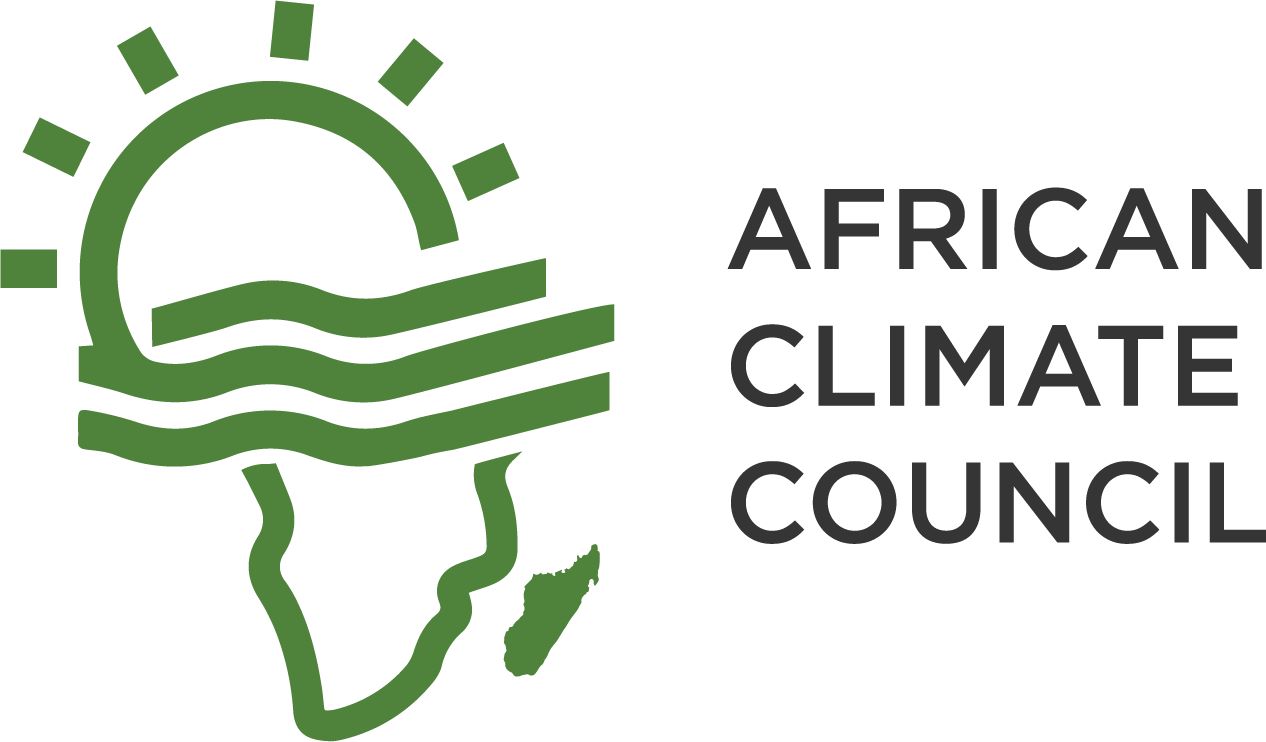
In a major step toward modernizing Africa’s energy infrastructure, Huawei has partnered with African utilities to introduce fine-grain Optical Transmission Network (fgOTN) technology. Unveiled at the Africa Energy Forum in Johannesburg, the white paper outlines how this advanced system could revolutionize power grid communications across the continent.
Many African utilities currently rely on outdated Synchronous Digital Hierarchy (SDH) systems, which lack the speed and intelligence required for today’s smart grids. fgOTN offers a solution by combining the reliability of traditional systems with next-generation capabilities.
The technology uses hard-pipe channels to ensure secure, interference-free data transmission – a critical feature for maintaining stable power networks. Moreover, it has the ability to support AI-driven grid management and real-time fault detection.
According to Luo Xin, Huawei’s Optical Product Director for Southern Africa, the system is specifically “tailor-made for the power industry,” offering both stability and scalability. As African nations work to integrate renewable energy sources and decentralized power systems, fgOTN could provide the necessary backbone for these complex transitions.
The technology’s potential has already gained international recognition, with the International Council on Large Electric Systems (CIGRE) establishing a working group to explore its applications. This positions African utilities not just as adopters, but as contributors to global energy standards.
For a continent where reliable electricity remains a challenge in many regions, fgOTN represents more than just a technical upgrade. It’s a pathway to building smarter, more resilient energy systems that can grow with Africa’s needs.
Therefore, the Huawei-backed solution may well determine how quickly and effectively African nations can modernize their power infrastructure.


Add a Comment